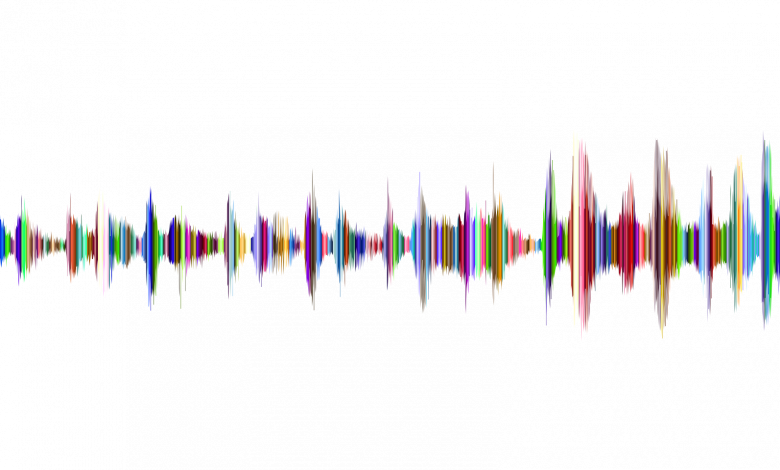Everything You Need To Know About Vibration Analysis

Launching a business means minding countless details on your way to your first day of being open. You must secure a working space, manage any legal hoops, and deal with the recruiting and hiring process. Then, there is the small matter of equipping your business.
For e-commerce businesses, that can mean something as small as a laptop and a WiFi router. If you plan on manufacturing things, though, that means some serious equipment. Have you thought about how you’ll monitor that equipment?
One approach is called vibration analysis. Never heard of it before? Keep reading, and we’ll cover the essential information you need to understand it.
What is Vibration Analysis?
Any time you turn on a substantial piece of manufacturing equipment and run it, you can almost always feel the machine running. It’s easy to think of it as just the motor at work, but it goes deeper than that. Those vibrations can come from the motor, ball bearings, fans, and dozens of other components inside the machine.
Vibration analysis tracks those vibrations and uses them as a way to detect anomalies in the machinery. This is an example of condition monitoring.
Tracking and detecting those anomalies lets you engage in some predictive maintenance. Want to know more about predictive maintenance? You can head over here for more info.
It’s particularly useful in letting you find and correct problems before they result in catastrophic failure. It’s almost always faster and cheaper to repair the faulty part in a machine before it reaches that failure.
How Does Vibration Analysis Work?
All of the vibrations in the machine happen across time. On top of that, all of those combined vibrations create what you could think of as the overall or baseline vibration for the entire machine. A sensor captures those vibrations as they happen over time to create a time waveform.
Depending on the sensor and software your use, you can measure the time waveform for the entire machine or dig down and measure those waveforms for specific parts. In most cases, this type of vibration analysis uses an accelerometer attached to the machine.
As an alternative, you can also look at vibrations in terms of the frequency spectrum. You can get at this information with a Fast Fourier Transformation of the time waveform, which typically comes as part of the software suite.
Neither approach is inherently better, but they can reveal different information. Each approach may also prove better suited for looking at particular kinds of information.
For example, looking at the frequency spectrum can reveal information about parts like gears that might remain hidden in a straight time waveform.
Vibration Analysis Equipment
Vibration analysis equipment varies based a little on your needs and your budget. There are numerous sensors, such as:
- piezoelectric (PZT) sensors
- microelectromechanical sensors
- proximity probes
There are even laser-based sensors. The most common type of sensor used is a PZT sensor. These sensors produce voltages that the software can convert into digital information and waveforms.
Once you get the waveforms, you can get into the analysis.
The software is the other main component. In most cases, you get the software from the manufacturer as part of the sensor equipment.
If you don’t get software with the sensor and other physical equipment, there are free and paid software packages built for vibration analysis. These typically offer you basic graphical user interfaces, which allow for general and specific analysis.
Interpreting the Data
In most cases, the layperson will not enjoy much success with vibration analysis. The software may come across as opaque or non-intuitive. On top of that, you may lack the knowledge or experience to know which analysis approach to take to get at the info you need.
To get the most from your vibration analysis equipment, you or an employee will need some vibration analysis training. There are a number of training options available, including online, in-person, and self-study courses.
Most training courses aim to prepare students for the ISO 18436 certification. That certification focuses on condition monitoring and machine diagnostics.
Certification can prove helpful for you or an employee on a professional level. Certification affirms that the person doing the analysis has a firm grasp on the essential. That, in turn, can reassure you that the results you get are accurate.
The exception to this training rule is if you have an engineer on staff at your business. In many cases, they possess the right background and experience to extract meaningful information from the raw data.
Common Problems Found with Vibration Analysis
No matter how well-maintained your machinery, things will eventually start going wrong with it. Simple wear-and-tear will do the job if nothing else. Some of the more common problems that vibration analysis can help you spot include:
- Imbalances
- Cavitation
- Misalignments
- Loose parts
- Natural Resonances
- Gearbox problems
- Bearing failure
Spotting these types of problems early matters a lot because they almost all happen inside the machines and beyond the reach of your eyes. Correcting these problems will also help your machines keep operating at peak efficiency. The more efficiently the machines work, the more productive value you can get from them.
Vibration Analysis and Your Business
Vibration analysis probably never crossed your mind when you first launched your business. While relatively common, it does take specialized equipment and software. Beyond that, you need someone with the right training on staff to do something with the data.
Once you get up and running, though, vibration analysis can save you a lot of headaches and even money. While getting repairs does take a machine out of service, it’s way less expensive than an abrupt failure that brings production to a screeching halt.
Looking for more tips on managing business equipment? Check out the posts in our Business section.




